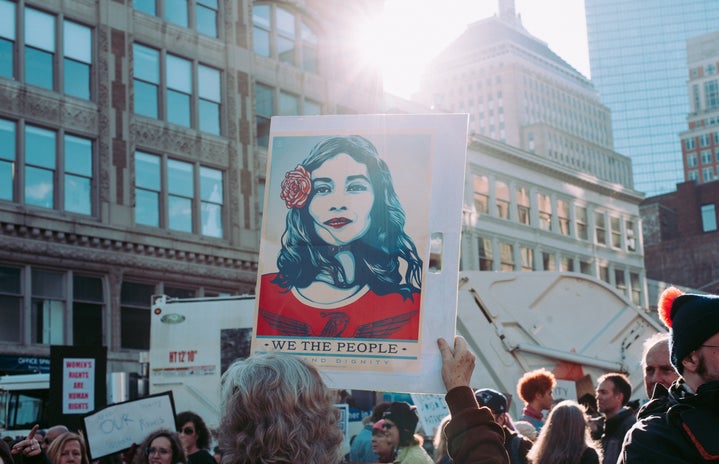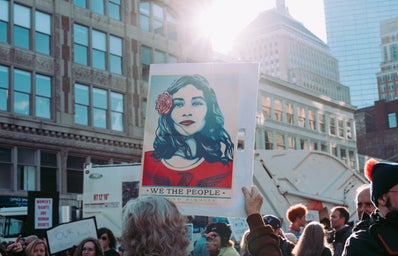On Wednesday, October 17, Canada became the first major world economy and the second country in the world (after Uruguay) to legalize recreational marijuana. Mike Farnworth, British Columbia’s minister of public safety, describes the legalization of cannabis as “the largest public policy shift this country has experienced in the past five decades.” Across the country, Canadians waited for hours in line to buy the first state-approved joints from the new government pot retailers.
Under Canada’s new federal cannabis act, “adults will be allowed to possess, carry and share with other adults up to 30 grams of dried cannabis, enough to roll roughly 60 regular-size joints” (NYTimes). Canadians will also be allowed to grow up to four marijuana plants per household.
Rules about where marijuana will be sold and can be consumed differ between each of Canada’s 13 provinces and territories. The legal smoking age is 19 in most provinces and 18 in Quebec, but Quebec’s minimum legal age may be raised to 21 by its newly elected government. Weed will be legally sold both in government stores and in private stores, depending on the province. In terms of the cost, many shops will have strains available at around $7 or less in Canadian dollars per gram to remain competitive with the black market. The federal government has vowed to shut down the hundreds of illegal dispensaries which exist across Canada—and they have extra motivation to do so seeing as the government will profit from legal marijuana sales and taxes.
Under the new legislation there are limits on the products that can contain cannabis, such as edibles and concentrates, which will not be legal until next year. Canada’s medical marijuana system will continue, which currently allows for medical users to carry 150 grams of cannabis. The legalization of cannabis has already led to what has been coined as a “green rush.” Numerous licensed cannabis growers are aiming to invest in what is expected to be a $6.5 billion Canadian dollar industry by 2020.
Conflicting opinions exist on the possible effects of marijuana on people. Chief Constable Adam Palmer of the Vancouver Police Department stated “Fentanyl kills 11 Canadians a day… Marijuana does not.” However, Dr. F. Gigi Osler from the Canadian Medical Association cautions that “Just because it’s legal, doesn’t mean it’s safe.” Evidently, there are both benefits and drawbacks of marijuana’s new legal status and Farnworth noted that “there are many unknowns.” Nevertheless, the end to a 96 year long prohibition on marijuana places the nation in a historic, progressive moment—one which is jubilant and seminal for many. Now, Canada is standing on the edge of a cultural revolution and dramatic social experiment of which will have implications continuing to unfold in the decades to come.
Sources:
Images Obtained From:
https://www.nytimes.com/2018/10/16/world/canada/marijuana-legalization-e…
https://www.nytimes.com/2018/10/17/world/canada/marijuana-pot-cannabis-l…


